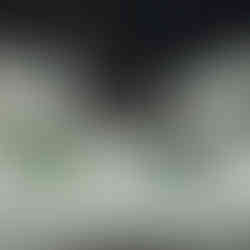All-on-4: Raising The Bar. Part One
- Chris
- Sep 28, 2017
- 1 min read
Here we're taking a look at the steps that go into creating our highly successful fixed full-arch 'All-on-4' restorations.
The Try-In
After casting and articulation of the implant model, a wax try-in is produced and returned to the practice. This set-up will determine the aesthetics, fit and, importantly, the design of the milled titanium substructure.
The Bar
Once the try-in has been approved by the clinician, the try-in and implant model are both scanned and the bar is designed within the wax try-in to give maximum support to the individual teeth, before being sent to one of our chosen milling centres. For this particular job, the try-in and implant model were sent to Createch Medical in Mendaro, Spain, for the design and milling of the medical-grade titanium framework, to ensure a completely passive fit.
As seen in the image below, screw channels will be angled where necessary to improve aesthetics and function. Angle Correction Bores® can correct the exit direction of the screw by up to 20º.

The shorter green cylinder at the forefront of the image denotes the exit direction of a straight screw channel, which would emerge through the buccal surface of the UR4. The longer green cylinder just behind it shows the corrected exit direction of the angled screw channel. This screw channel now emerges through the centre of the occlusal surface, giving a much improved aesthetic result.
Two weeks later, the milled bar is back in the lab and they are always impressive. If you click on the pictures below you will see the perfect passive fit of the bar to the model.
More to follow.




















Comments